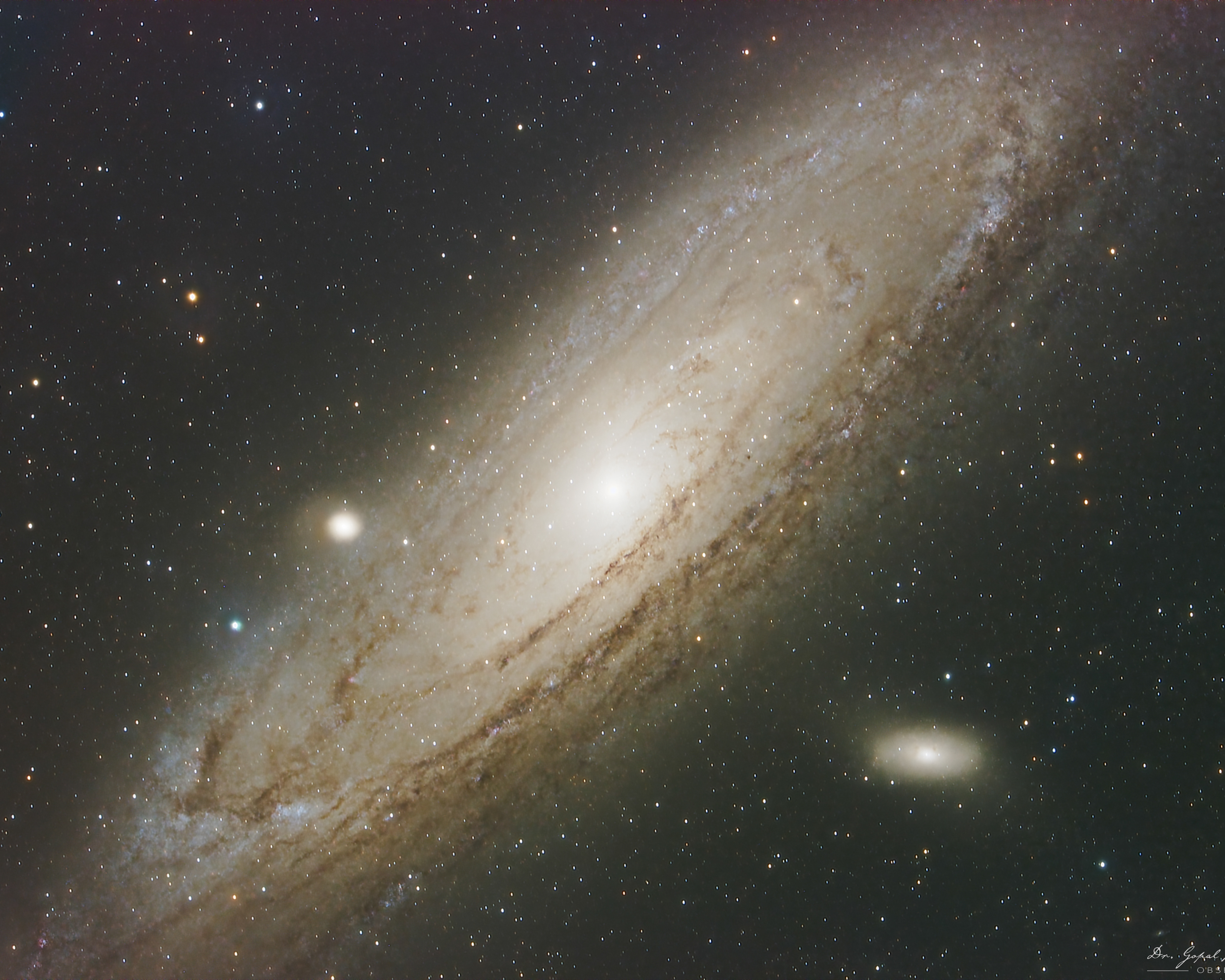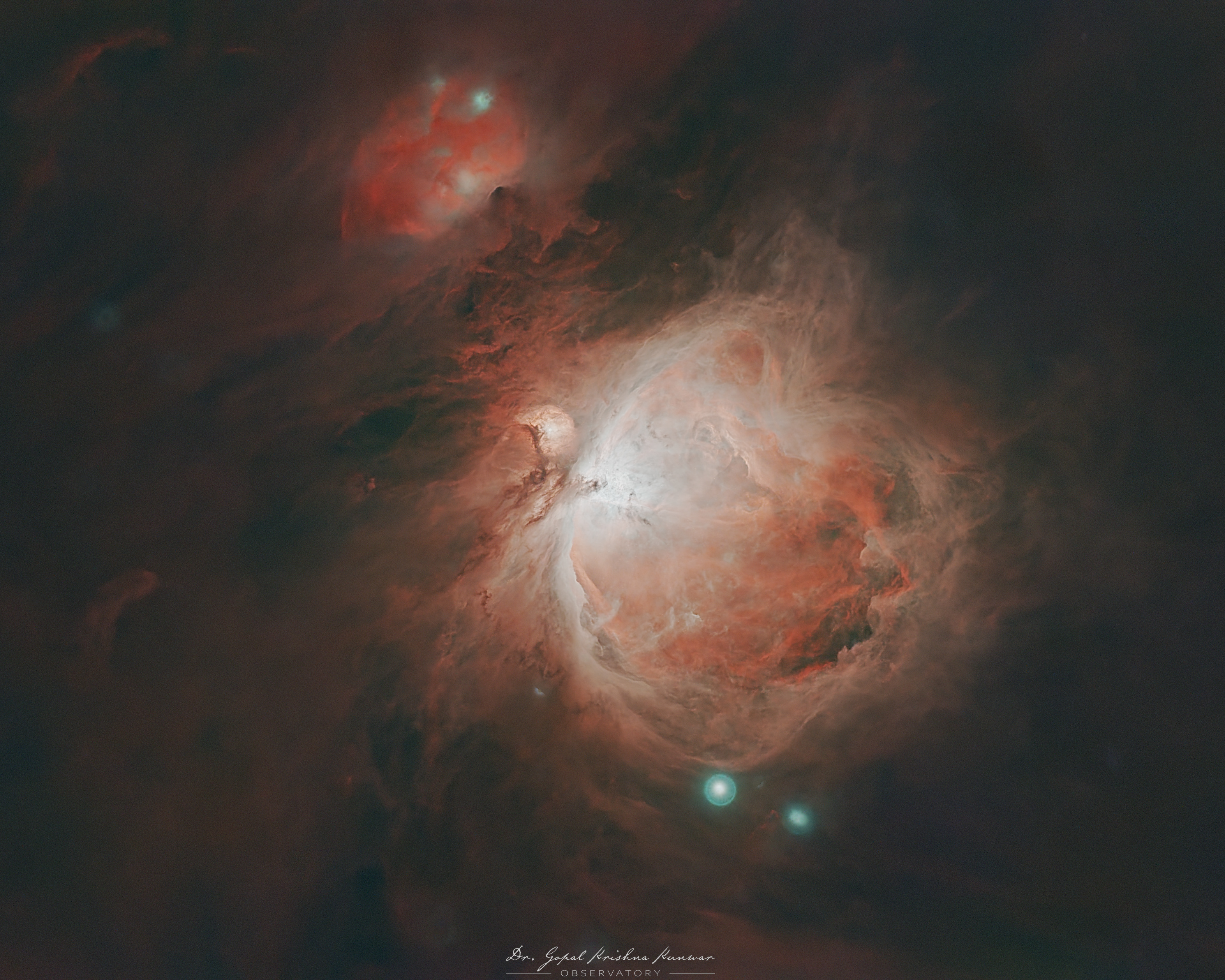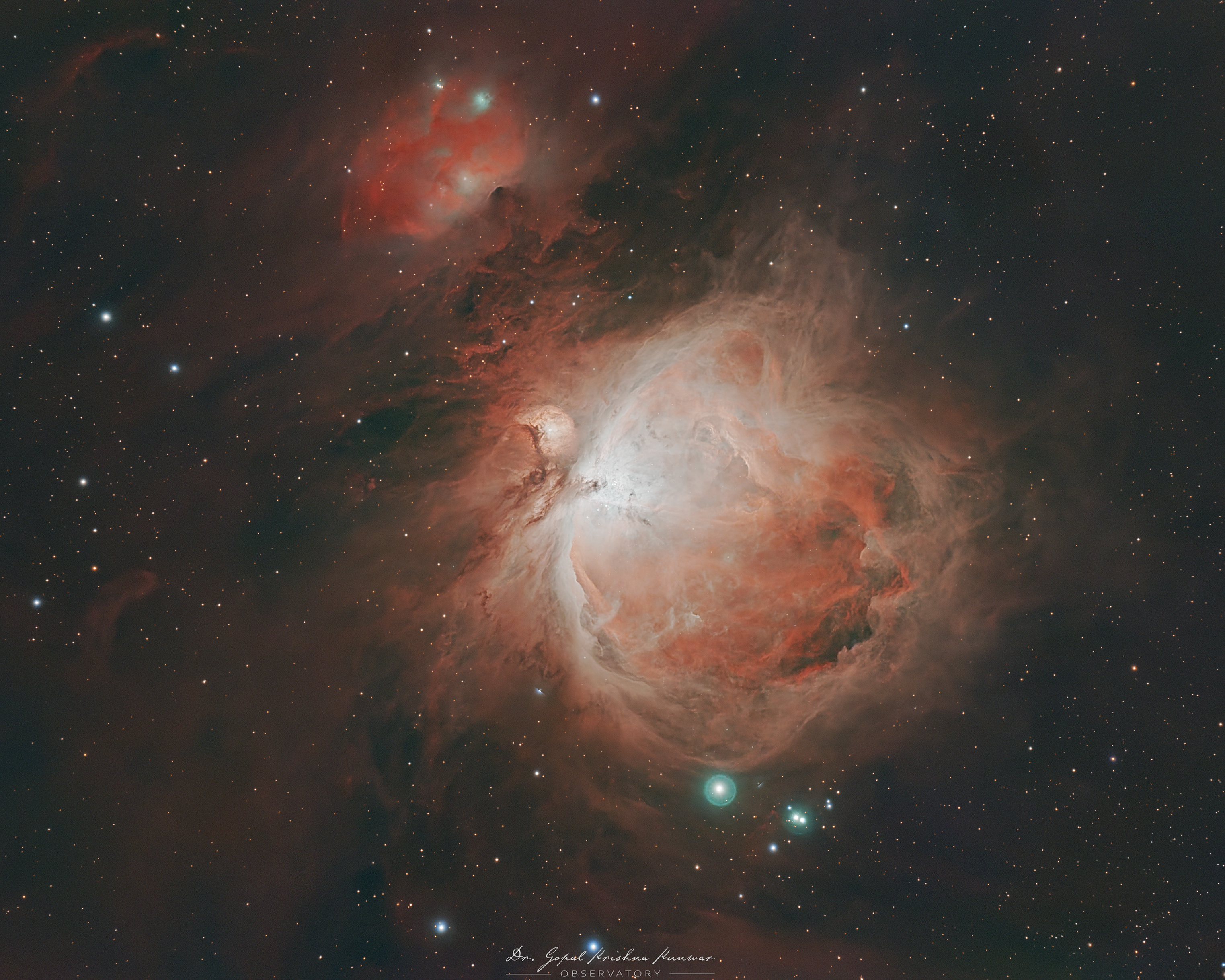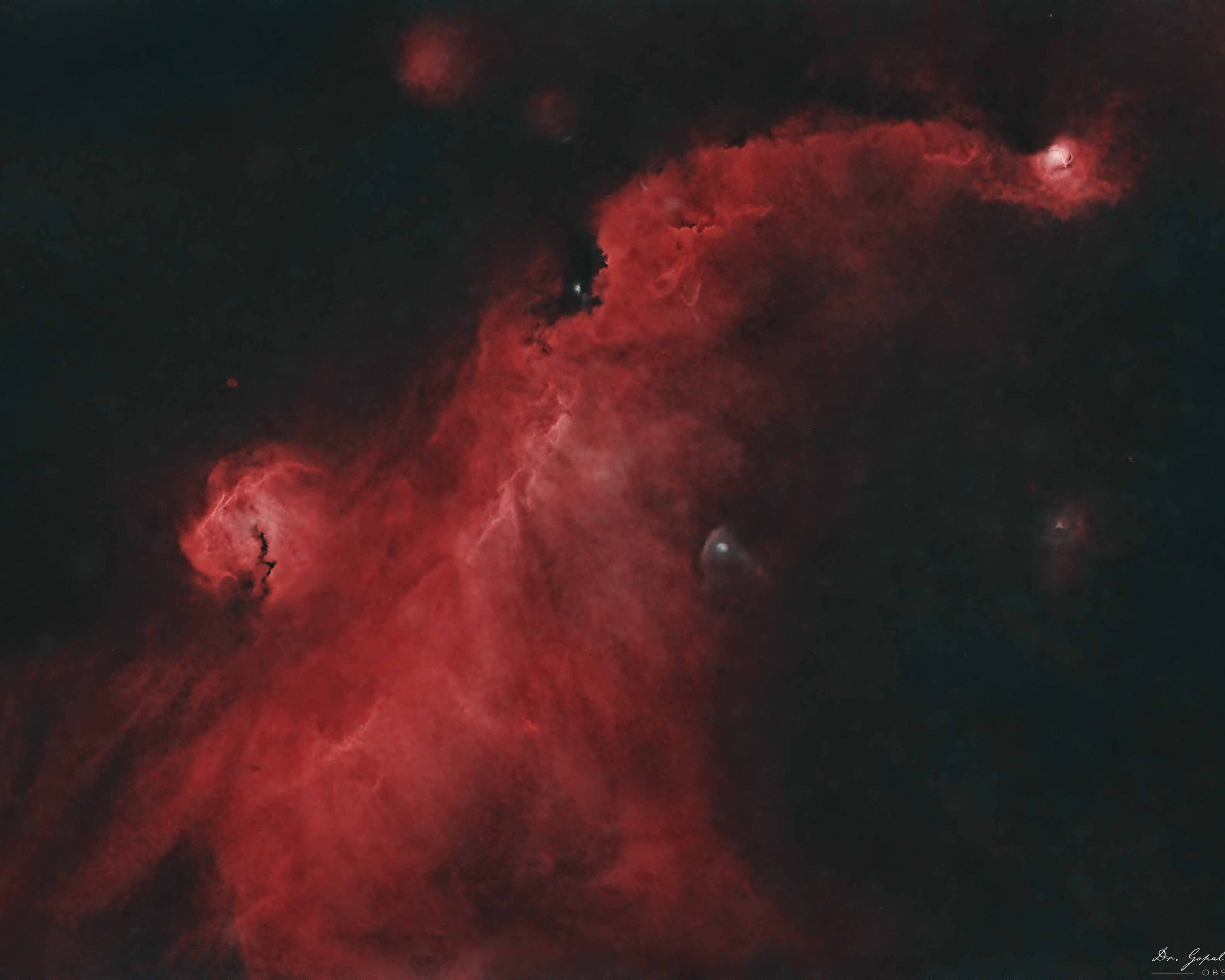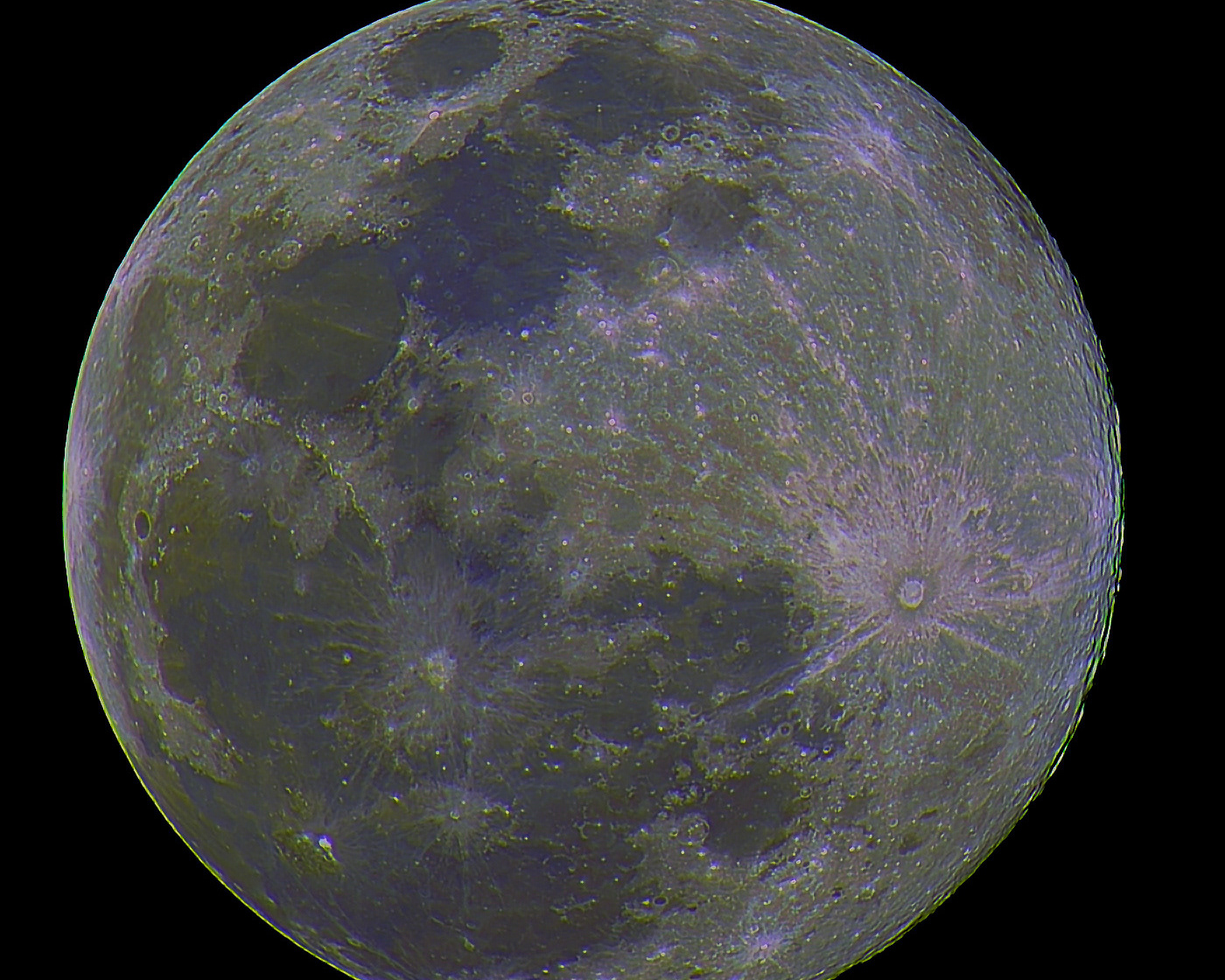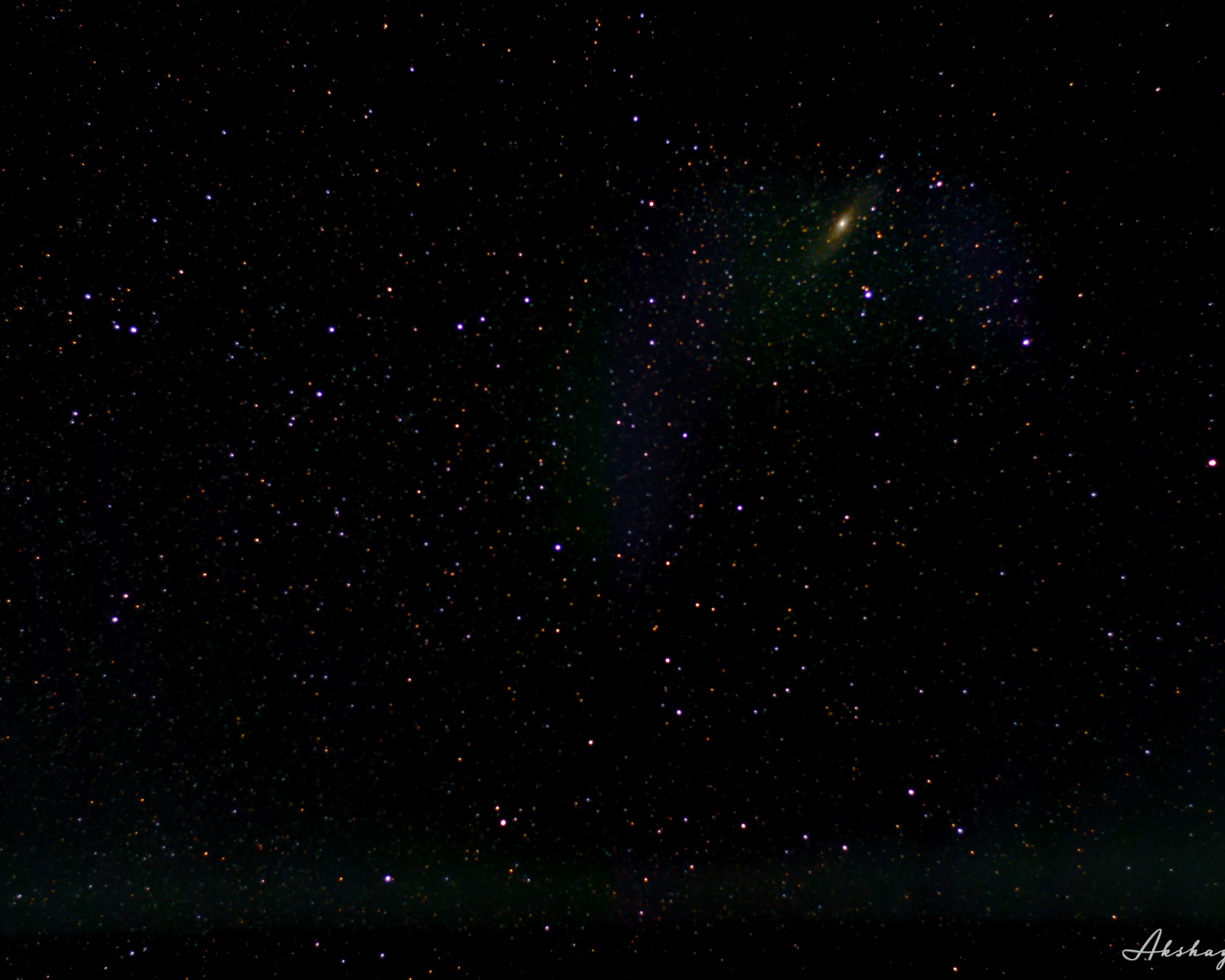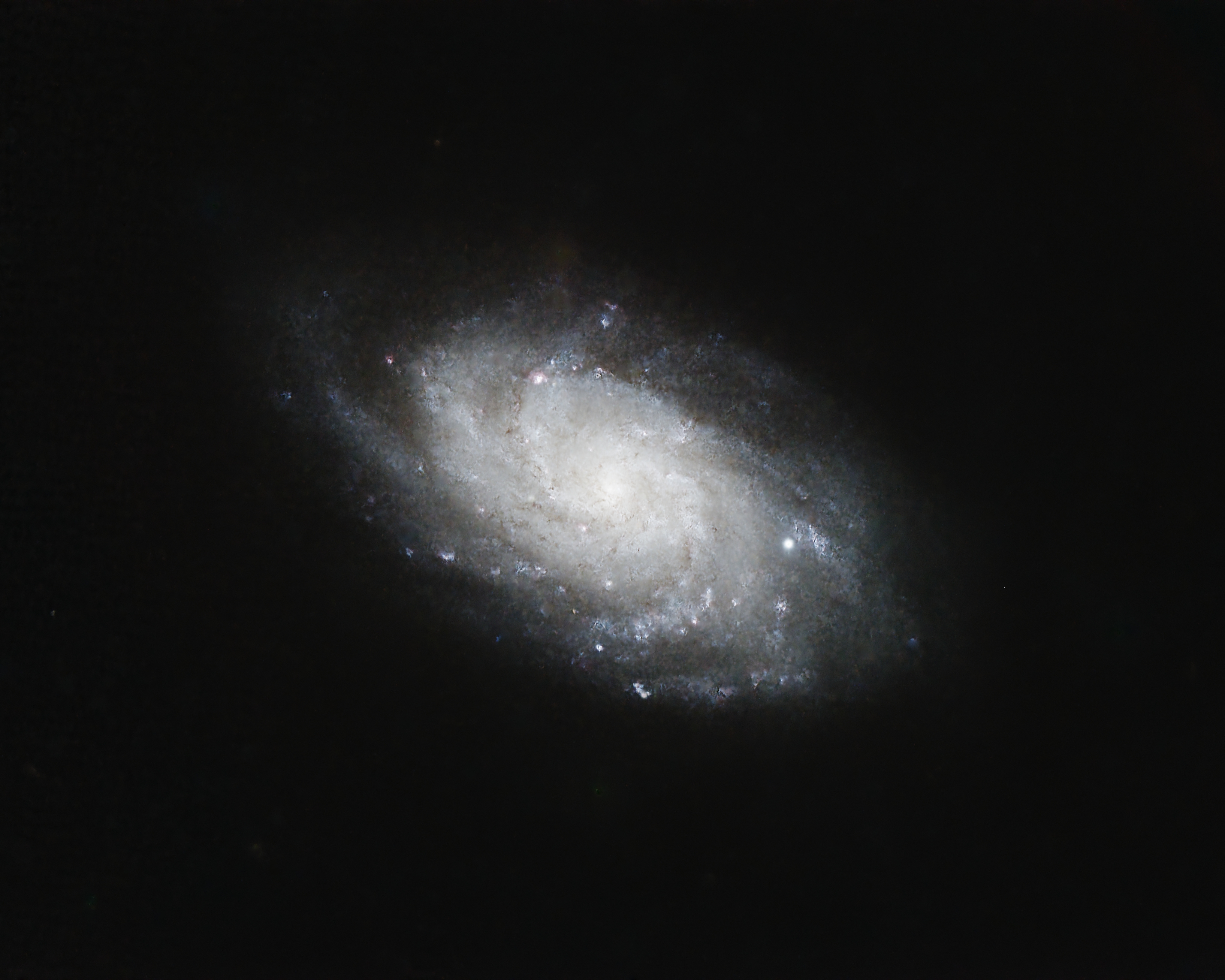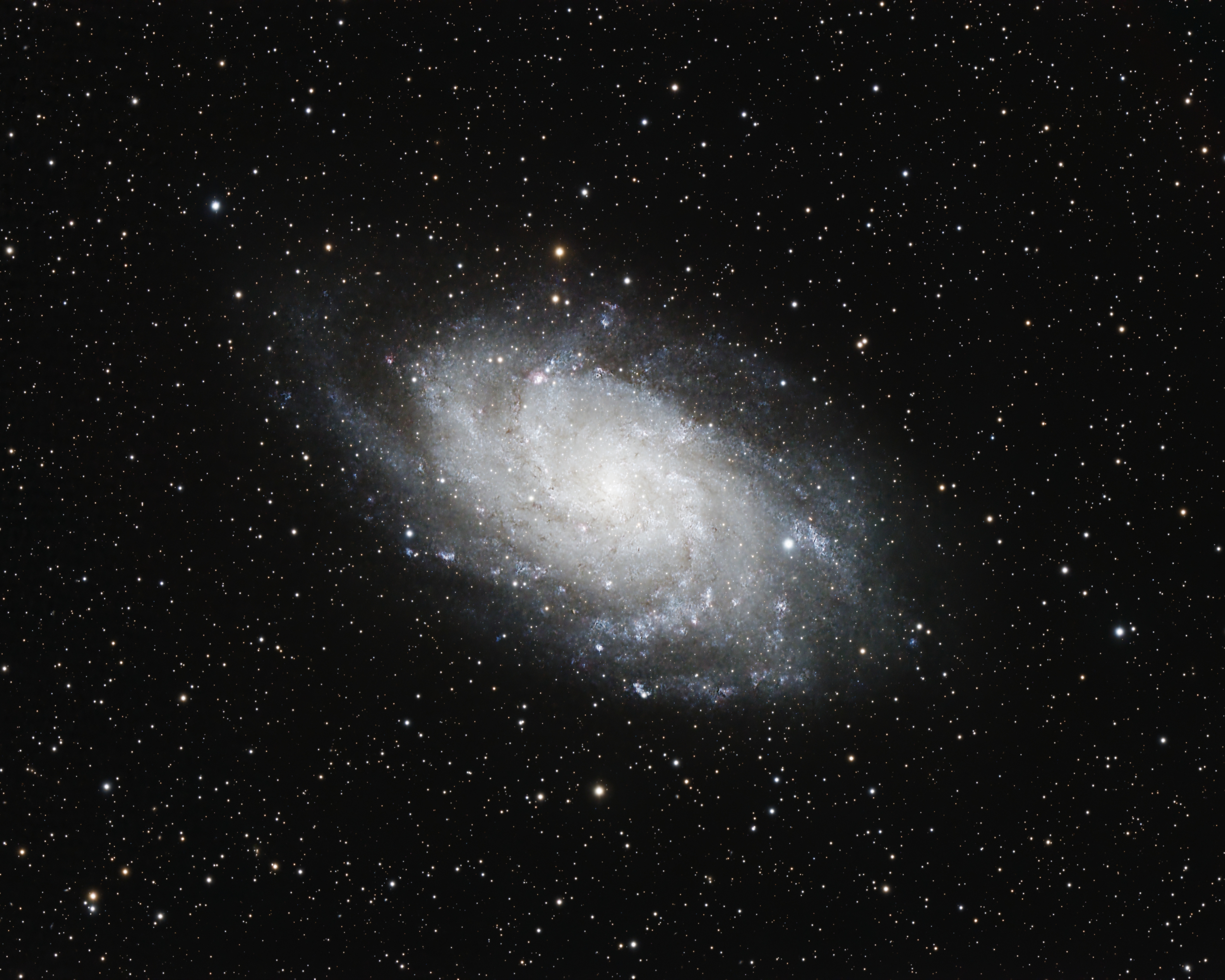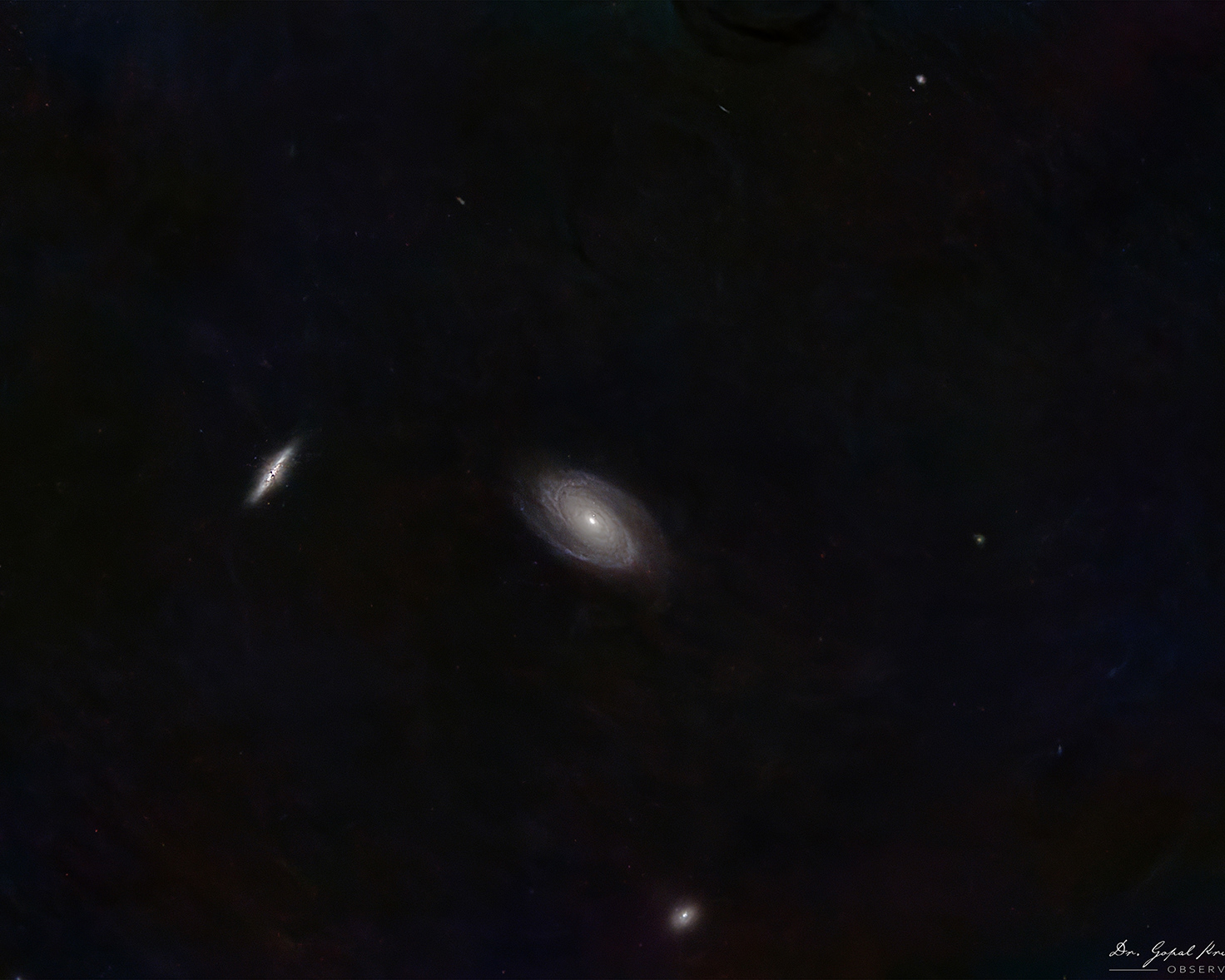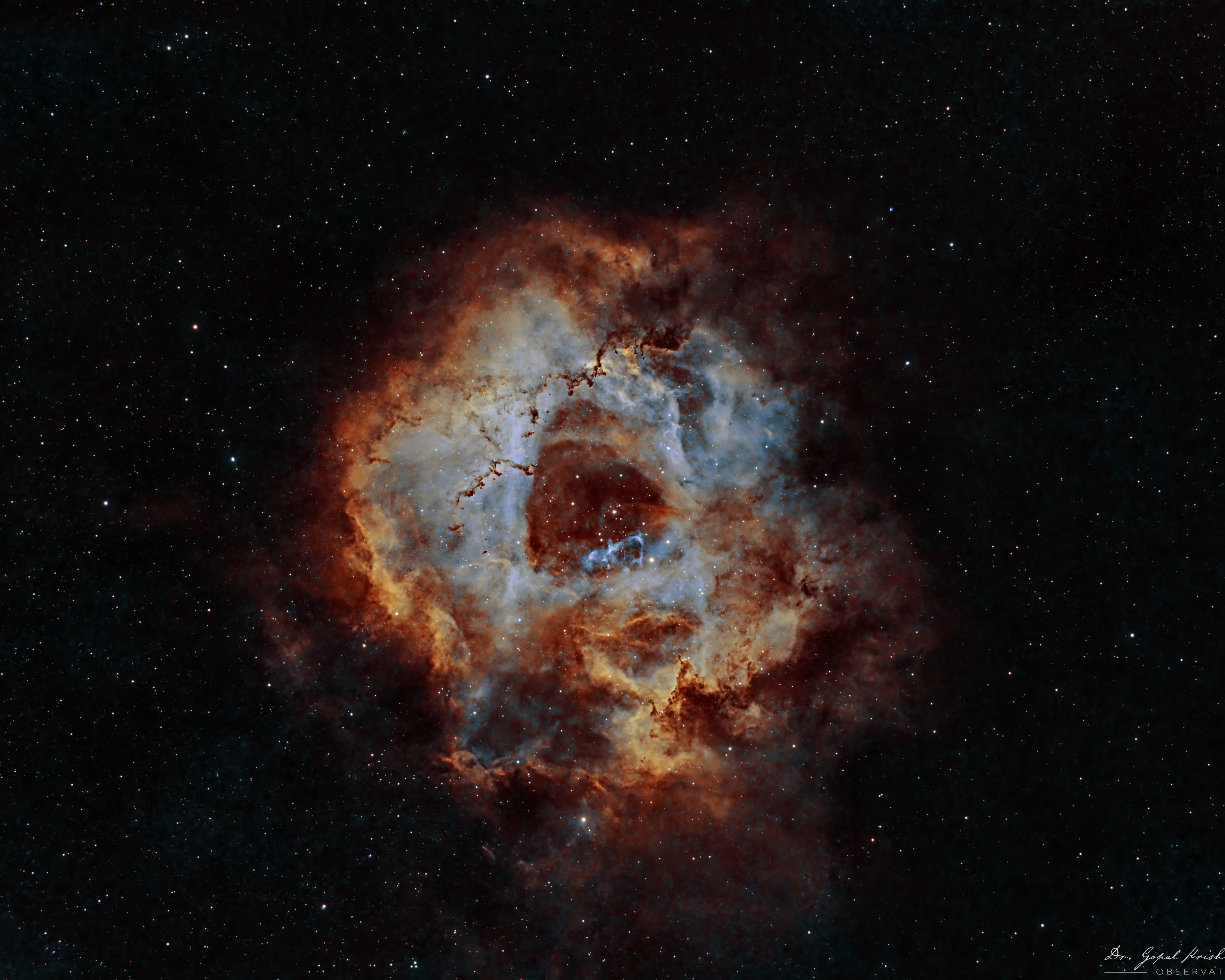The Beehive Cluster, also known as M44 or Praesepe, is one of the most beautiful open clusters in the night sky. Located in the constellation Cancer, it has been admired since ancient times, with references dating back to the 2nd century B.C. This cluster is approximately 577 light-years away from Earth and is one of the nearest open clusters to the solar system, making it a popular target for both amateur and professional astronomers.
M44 is a rich star cluster containing a variety of stellar objects, ranging from young, hot blue stars to older, cooler red giants. The cluster spans about 15 light-years and contains several hundred stars, many of which are similar to the Sun in terms of size and luminosity. Among the stars, a number of binary and even some multiple star systems can be found.
Noteworthy Stars in M44
In the photograph, some of the most prominent stars within the Beehive Cluster have been beautifully captured. Four stars, in particular, stand out:
Meleph / Almalaf (ε Cancri): This is one of the brightest stars in the cluster, shining with a yellowish hue. It is a giant star that is easily visible with the naked eye under dark skies.
40 Cancri (40 Cnc): Another significant star in M44, 40 Cancri is a binary star system, and its combined light gives it a distinctive presence in the cluster.
39 Cancri (39 Cnc): This star adds to the beauty of the Beehive Cluster with its soft glow. It is also a binary system, which makes it an interesting object to study.
38 Cancri (38 Cnc): This star is another binary system within the cluster, and its light contributes to the overall brightness of M44.
These stars are clearly highlighted in the photograph, each of them standing out against the rich backdrop of the cluster.
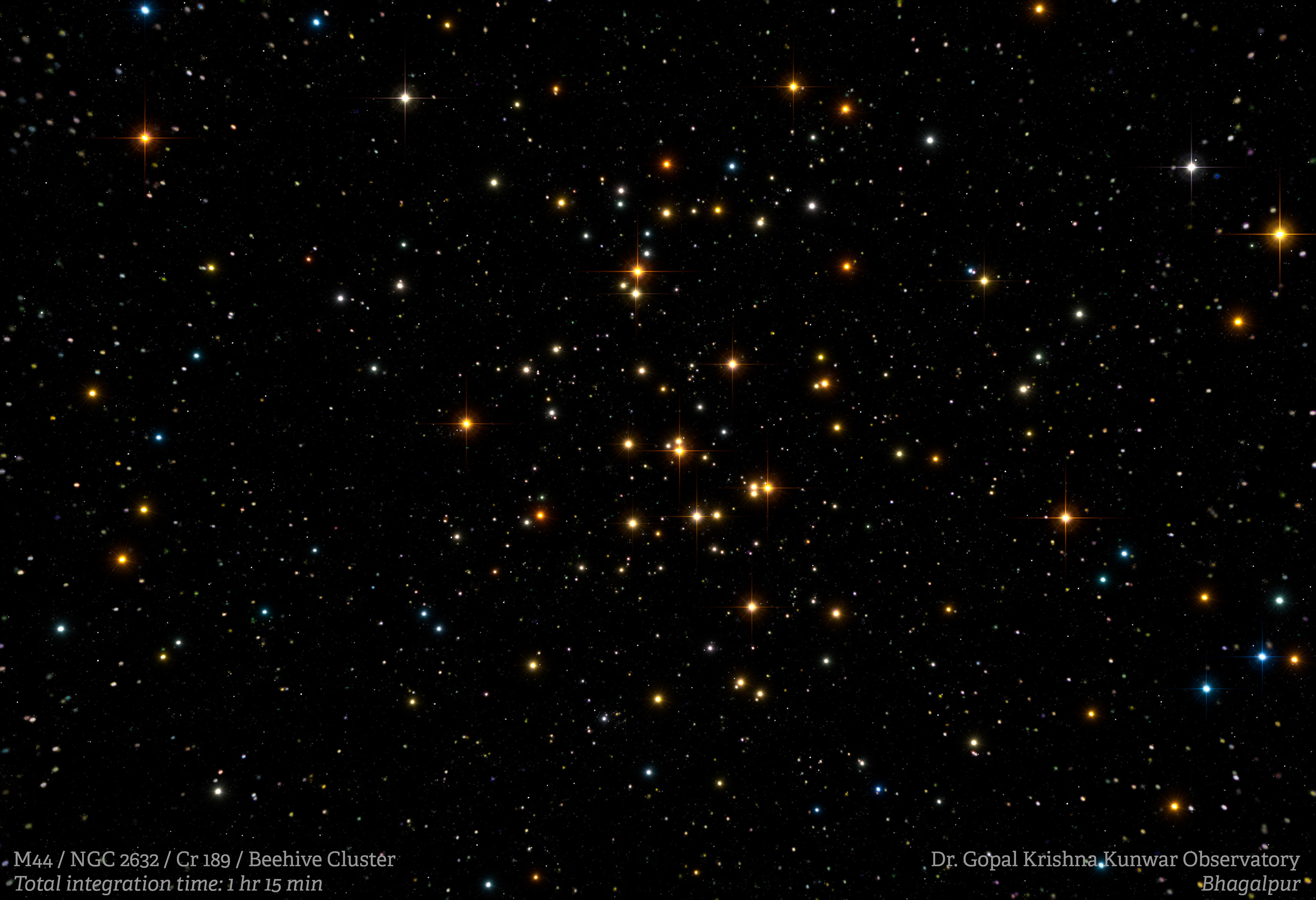
Equipment Details:
Equatorial Mount: iOptron CEM40
Telescope: William Optics Gran Turismo 71mm ED APO Refractor
Camera: ZWO ASI294MC Pro
Filters: Dual narrowband Optolong L-Extreme filter
Other gear: ZWO EAF, ZWO ASIAIR Plus
Stacking and Pre-Processing: ZWO ASI Studio Deep Stacking
Post Processing: Siril, Adobe Photoshop
Calibration frames: 50 x 90s Lights, 10 x 90s Darks
Camera settings: 390 Gain, 2C
Additional diffraction spikes in post processing

